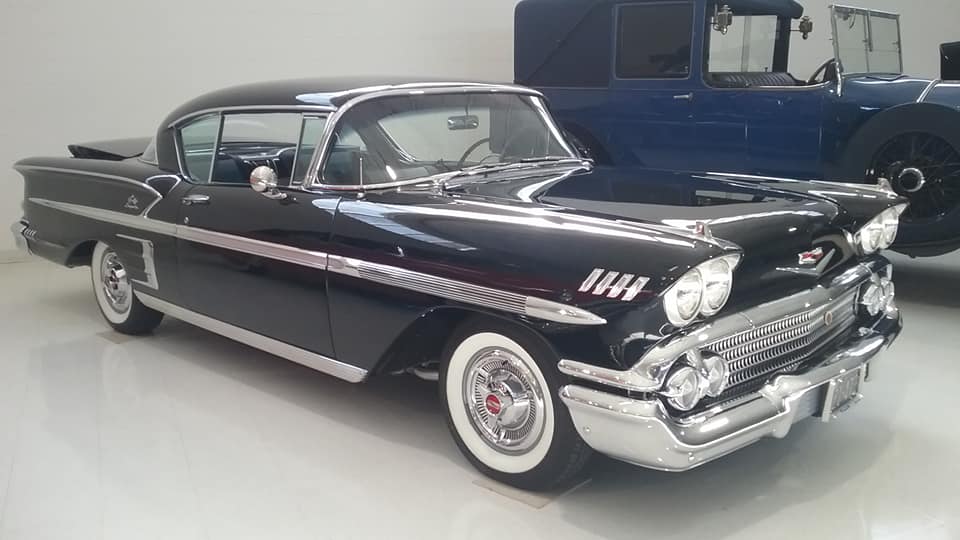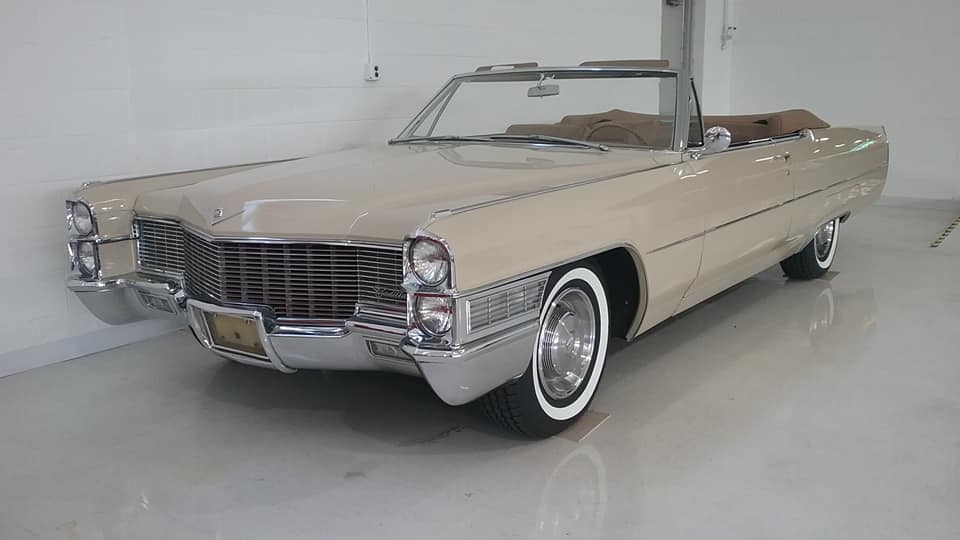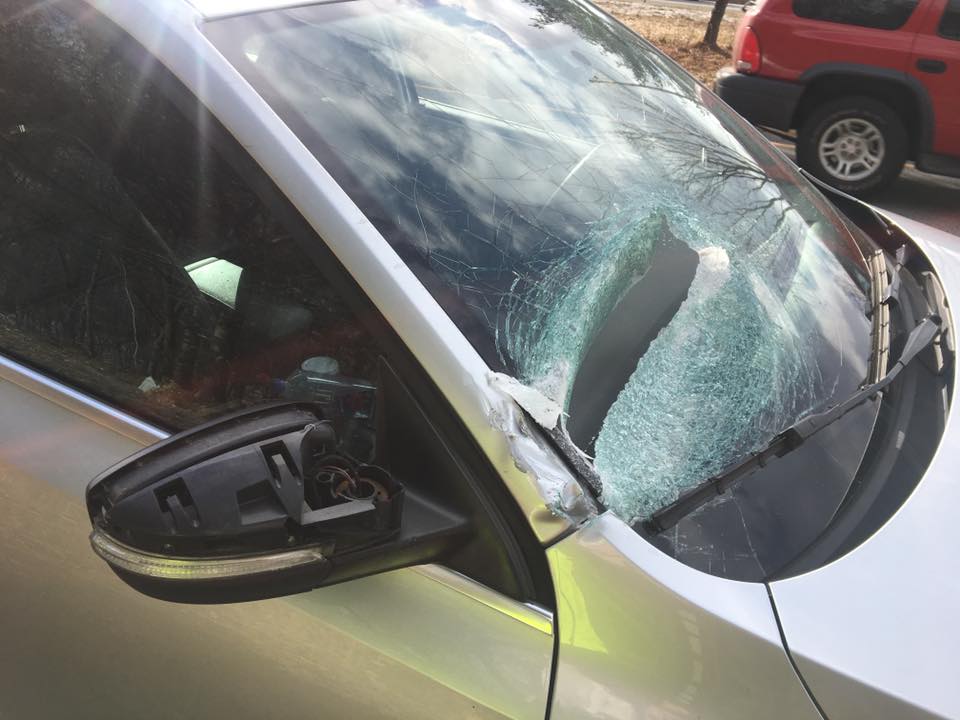Pam getting her fitness on at The Edge!



6:00. Chaz and AJ News. Something worse than tolls can be coming to CT.
6:13. Chaz and AJ Sports Buzzer powered by Road Ready Used Cars.
6:20 – 6:50. Loser of the Week. Call in with your nomination: 877-764-2535
7:00. Chaz and AJ News. A local building found to be haunted.
7:13. Chaz and AJ Sports Buzzer powered by Road Ready Used Cars.
7:20. Dumb Ass News.
7:30. Scot Haney with the Channel 3 WFSB weekend weather.
8:00 – 9:00. Chaz and AJ News. Brad Williams in studio. See him tonight & tomorrow at Comix Mohegan Sun.
9:00. Chaz and AJ News.
9:13. Chaz and AJ Sports Buzzer powered by Road Ready Used Cars.
9:20. Dumb Ass News.
9:30. Boss Keith’s Top 5
9:50. Call in with your 4-second final thought.

Wiggy is back to talk books and Judd Apatow. If you like comedy and want to see how jokes are constructed read this! A slew of comedians give their take on how to write comedy.

The Tribe’s creepiest moments (0:00), Johnny Manziel and the Montreal Alouettes (9:33), Dumb Ass News – fight over crab legs (13:33), Flight Attendant stories with Keisha (18:46), Pam’s leaving for the Coast Guard (31:43), Jimmy Koplik talks Aerosmith, Peter Frampton and PLR history (51:17), and Dumb Ass News – AJ’s pissed about his comedy show commercial (1:07:47).

Car: Chevrolet Impala Hardtop
Year: 1958
What makes it special: The 1958 Chevrolet models were longer, lower, and wider than its predecessors. The 1958 model year was the first with dual headlamps. The tailfins of the 1957 were replaced by deeply sculptured rear fenders. Impalas had three taillights each side, while lesser models had two and wagons just one. The Impalas included crossed-flag insignias above the side moldings, as well as bright rocker moldings and dummy rear-fender scoops.
What made it famous: The standard perimeter-type frame was abandoned, replaced by a unit with rails laid out in the form of an elongated “X.” Chevrolet claimed that the new frame offered increased torsional rigidity, and allowed for a lower placement of the passenger compartment. This was a transitional step between traditional construction and the later fully unitized body/chassis, the body structure was strengthened in the rocker panels and firewall. A coil spring suspension replaced the previous year’s rear leaf springs, and an air ride system was optional. A 283 cu in engine was the standard V8, with ratings that ranged from 185 to 290 horsepower. A “W” block, not to be confused with the big-block 348 cu in Turbo-Thrust V8 was optional, producing 250 hp, 280 hp, or 315 hp. The Ramjet fuel injection was available as an option for the Turbo-Fire 283 V8, not popular in 1958.
Why I would want one: This one-year only body style was a refreshing and updated change from the Tri-Five Chevrolets. Love the bodylines as well as the low stance created by the X-frame.
Fun fact: A 1958 Chevrolet Impala was driven by actor Ron Howard in the 1973 George Lucas’ movie “American Graffiti.”

6:00. Chaz and AJ News. They were busy in Washington doing the work of the people yesterday. We have some audio highlights.
6:13. Chaz and AJ Sports Buzzer powered by Road Ready Used Cars.
6:20. Call in your creepy moment for Aerosmith tickets. 877-764-2535
7:00. Chaz and AJ News. A fight over crab legs.
7:13. Chaz and AJ Sports Buzzer powered by Road Ready Used Cars.
7:20. Dumb Ass News. Hurricane seems horrible until the reporter spoke to this guy.
7:30 – 7:50. Flight attendant stories with Keisha.
8:00. Chaz and AJ News. Tolls. Tolls. Tolls. Tim Herbst calling in.
8:13. Chaz and AJ Sports Buzzer powered by Road Ready Used Cars.
8:20 – 8:50. Jimmy Koplik with CT concert stories.
9:00. Chaz and AJ News.
9:13. Chaz and AJ Sports Buzzer powered by Road Ready Used Cars.
9:20. Dumb Ass News. AJ’s comedy show commercial. WTF is that noise..
9:50. Call in with your 4-second final thought: 877-764-2535

Patrick Sasser on how to fight tolls in Connecticut (0:00), the Tribe’s encounters with celebrities (13:45), Dumb Ass News – bringing the dead back to life (34:18), and Lt. Joe Murgo and Sgt. Joe Mulhern of East Haven PD (37:51).

Car: Cadillac DeVille Convertible
Year: 1965
What makes it special: The DeVille was originally a trim level and later a separate model produced by Cadillac. The first car to bear the name was the 1949 Coupe de Ville, a pillarless two-door hardtop body style with a prestige trim level above that of the Series 62 luxury coupe. The last model to be formally known as a DeVille was the 2005 Cadillac DeVille, a full-size sedan, the largest car in the Cadillac model range at the time. The next year, the DeVille was officially renamed DTS.
What made it famous: As it had been since DeVille became a separate series, DeVille denoted Cadillac’s mainstream model, falling between the Calais and the Sixty Special and Eldorado. The DeVille was redesigned for 1965 but rode on the same wheelbase. Tailfins were canted slightly downward, and sharp, distinct body lines replaced the rounded look. Also new were a straight rear bumper and vertical lamp clusters. The headlight pairs switched from horizontal to vertical, thus permitting a wider grille. Curved frameless side windows appeared, and convertibles acquired tempered glass backlights. New standard features included lamps for luggage, glove and rear passenger compartments and front and rear safety belts. Power was still supplied by the 340 horsepower 429 cu in V8. Perimeter frame construction allowed repositioning the engine six inches forward in the frame, thus lowering the transmission hump and increasing interior room. Pillared sedans appeared on the DeVille series for the first time, while six-window hardtop sedans were dropped. A padded vinyl roof was a $121 extra-cost option on the hardtop model. All four DeVille models had small “Tiffany-like” script nameplates on the ends of their rear fenders just above the chrome side molding.
Why I would want one: Love the stacked headlights, and the downward canted tailfins.
Fun fact: The name “DeVille” is derived from the French de la ville or de ville meaning “Of the town.” The first Cadillac “Coupe de Ville” was shown during the 1949 Motorama.

6:00. Chaz and AJ News. Tolls. Tolls. Tolls. How to crush them like a paper cup. Patrick Sasser calls in. He wants you to sign the petition here.
6:13. Chaz and AJ Sports Buzzer powered by Road Ready Used Cars.
6:20 – 6:50. Famous people you’ve met. Everyone is the running for Aerosmith at MGM Springfield tickets. Call 877-764-2535.
7:00. Chaz and AJ News. The Wussification of America continues….
7:13. Chaz and AJ Sports Buzzer powered by Road Ready Used Cars.
7:20. Dumb Ass News. Mental note. Don’t project porn on to garage.
8:00. Chaz and AJ News. Does your zip code define you? We will find out.
8:13. Chaz and AJ Sports Buzzer powered by Road Ready Used Cars.
8:20 – 8:50. Dr Tammy Nelson in studio. Call in how your caught your partner cheating for Aerosmith tickets. 877-764-2535
9:00. Chaz and AJ News. How to fight the coming of the tolls.
9:13. Chaz and AJ Sports Buzzer powered by Road Ready Used Cars.
9:20. Dumb Ass News. Driver told cops he crashed trying to avoid octopus.
9:50. Call in with your 4-second thought.

Brandy’s close call during yesterday’s storm (0:00), Chaz’s weird dream, Donna the Dream Lady interprets (7:22), Dumb Ass News – dogs call 9-1-1 (21:19), Court audio – Brian was rear-ended (24:39), attorney Norm Pattis on Robert Kraft (34:50), Melissa and Chaz argue if cheerleading is a sport (47:16), and more Dumb Ass News – man tries to buy McDonald’s with his sock (52:23).